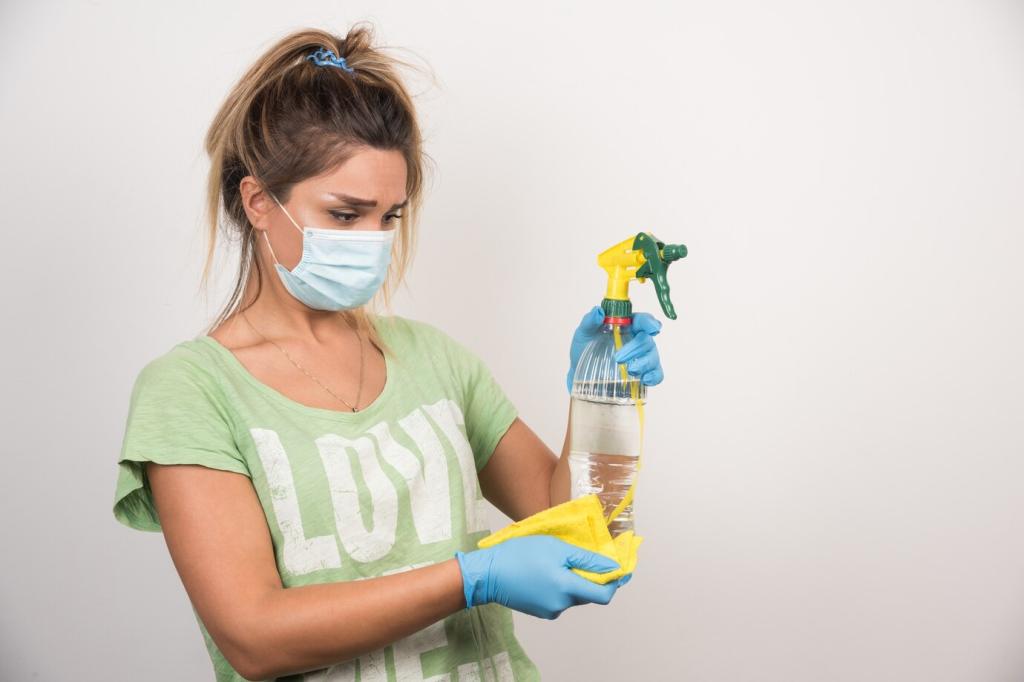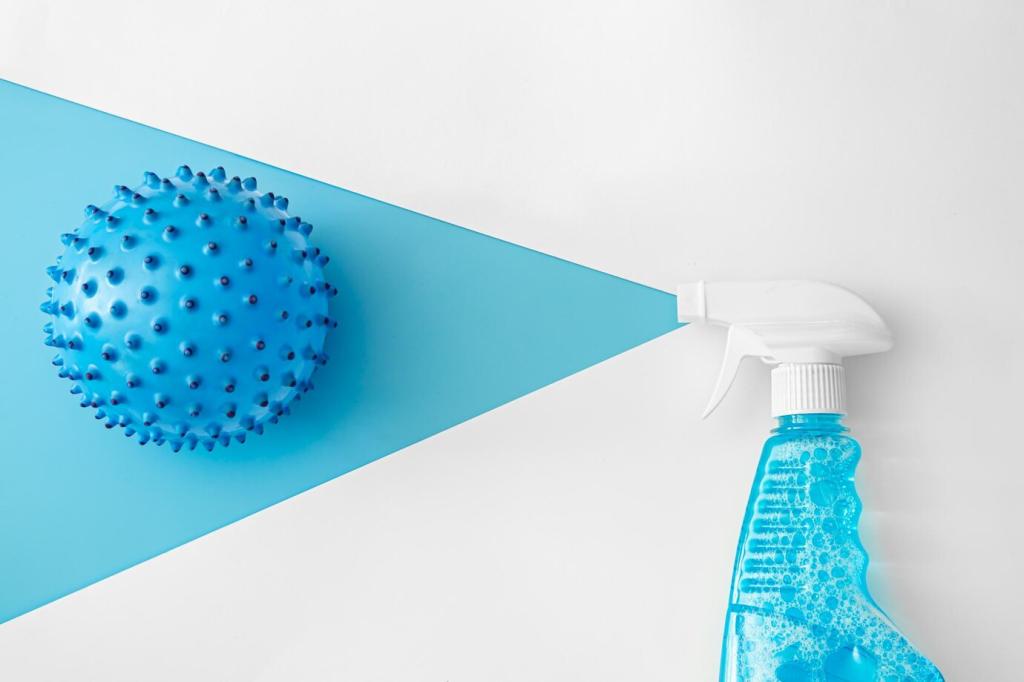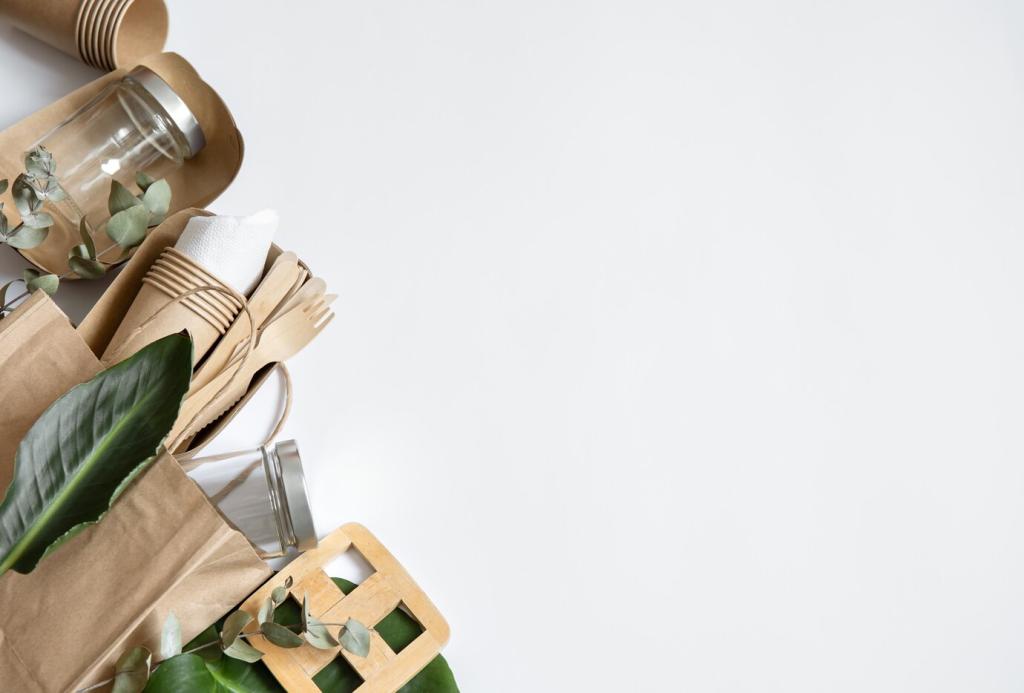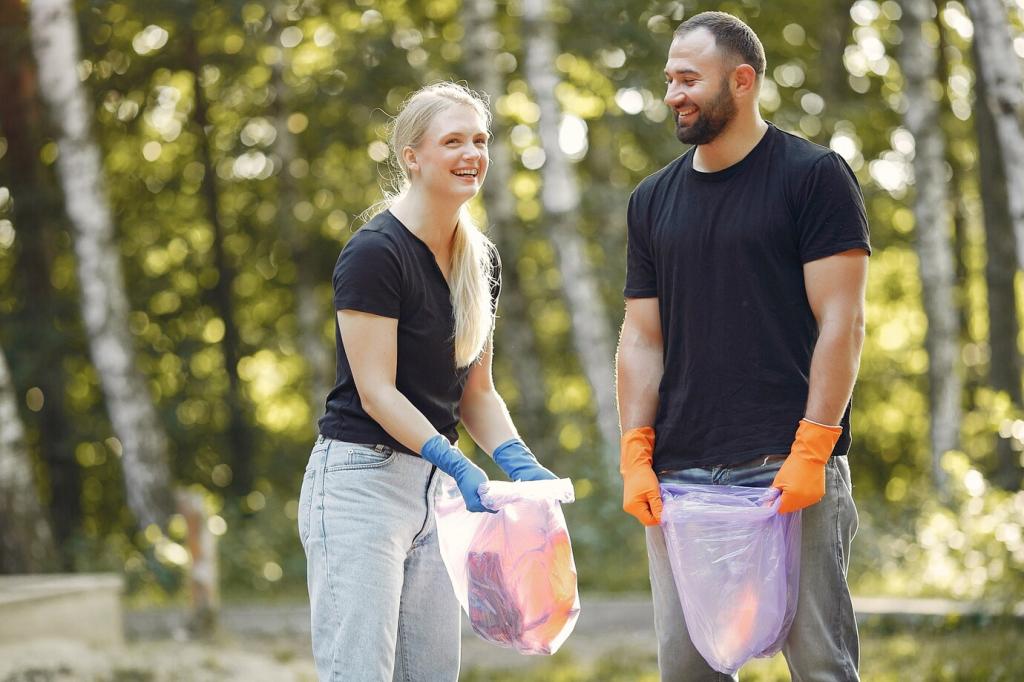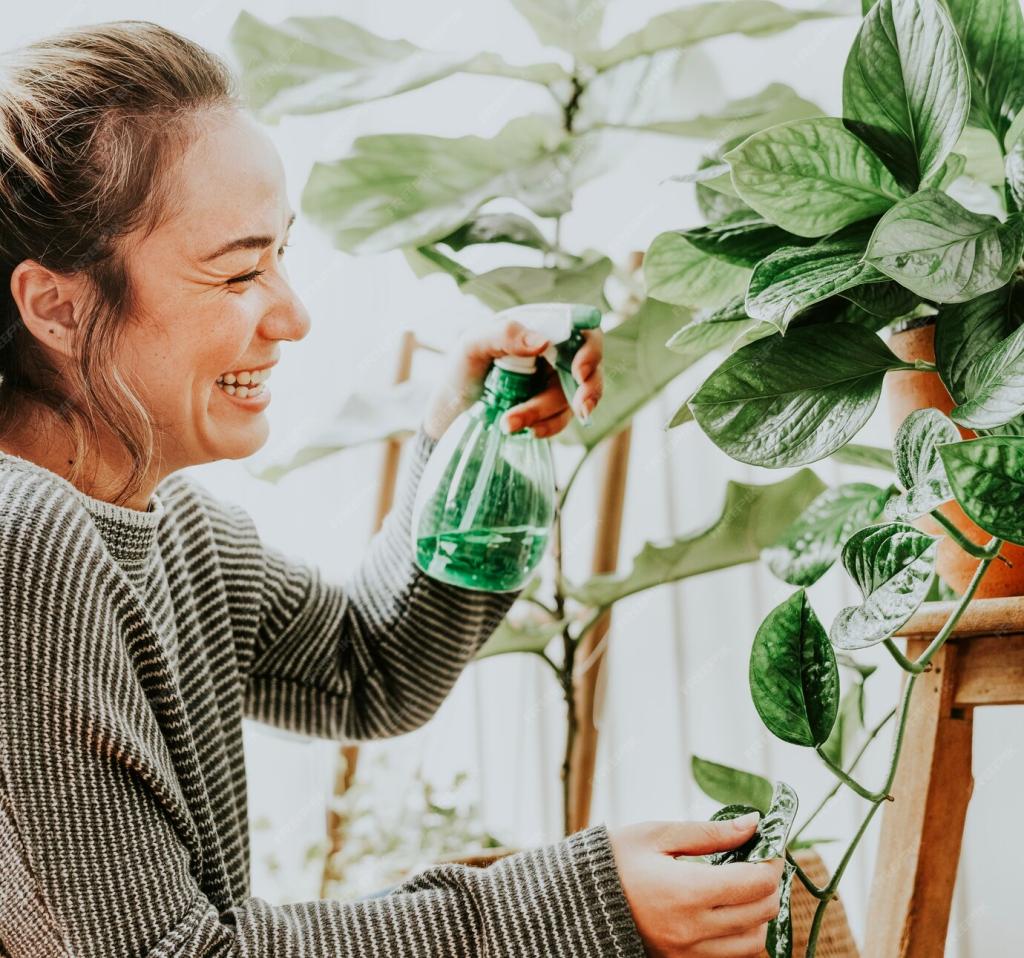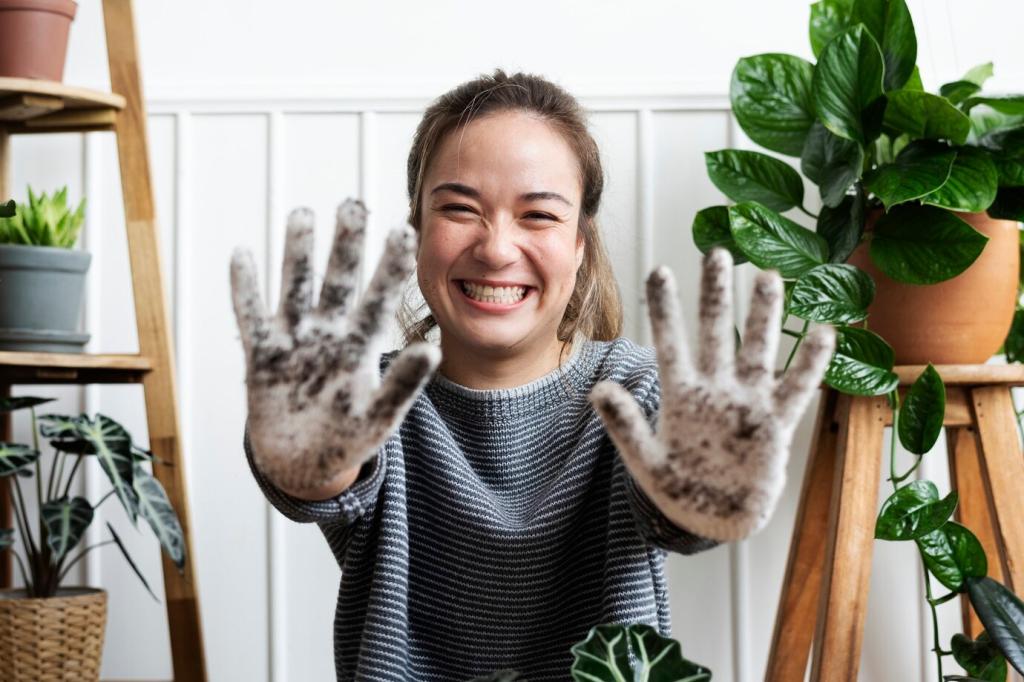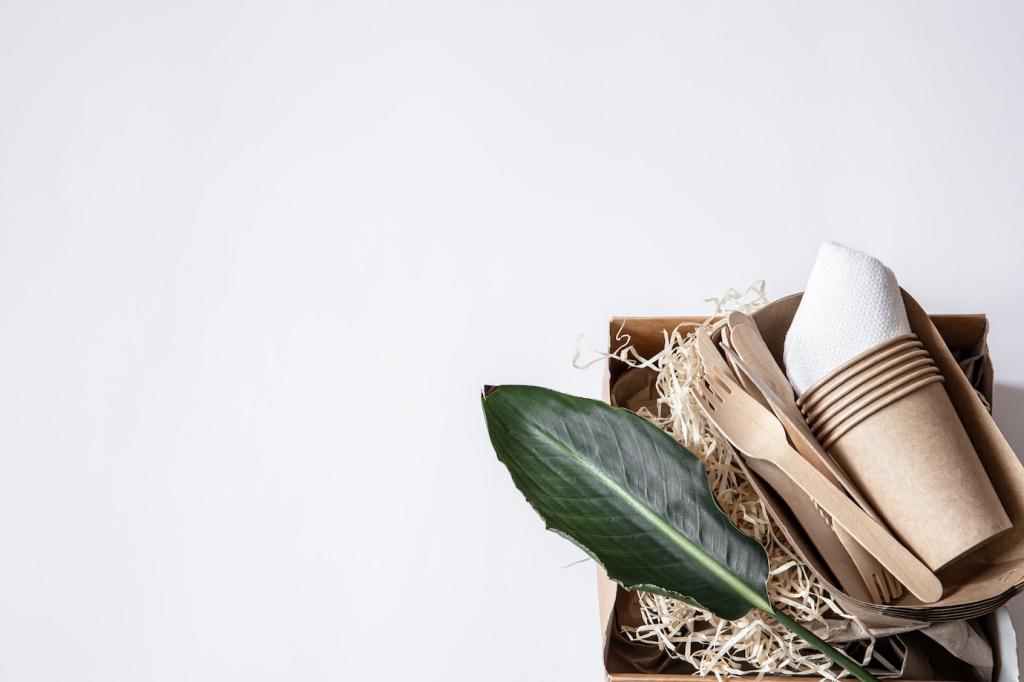Stain Scenarios and Eco Fixes
Place a clean cotton cloth over the mark and gently warm with a low iron for a few seconds to release trapped moisture. Follow with a tiny dab of plant-based balm. One reader rescued a brunch-battered tabletop this way—share your success stories to help others.
Stain Scenarios and Eco Fixes
Blot carefully with a cloth lightly dampened in alcohol-based cleaner, testing first on a hidden seam. Let enzymes work over time instead of scrubbing. Patience prevents fiber damage. If you’ve solved a pen-leak disaster sustainably, tell us what steps made the difference.

